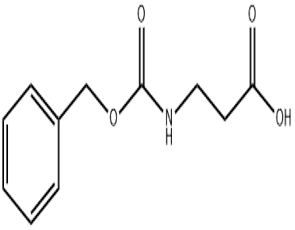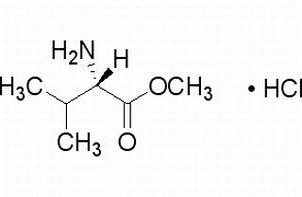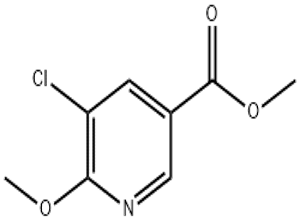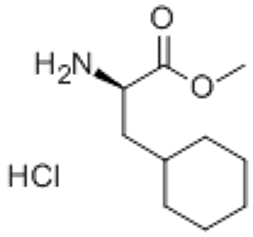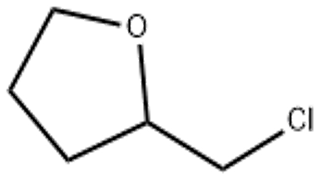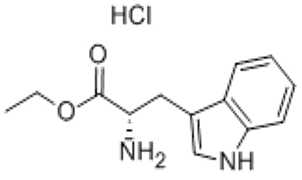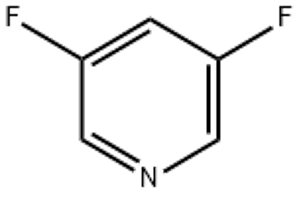Carbobenzyloxy-beta-alanine(CAS# 2304-94-1)
| Hazard Symbols | Xn – Harmful |
| Risk Codes | R22 – Harmful if swallowed R41 – Risk of serious damage to eyes |
| Safety Description | S26 – In case of contact with eyes, rinse immediately with plenty of water and seek medical advice. S39 – Wear eye / face protection. |
| WGK Germany | 2 |
| HS Code | 29242990 |
| Hazard Class | IRRITANT |
Introduction
It is an organic compound in which the carboxyl group (-COOH) in the alanine molecule in the structure has been replaced by a benzyloxycarbonyl (-Cbz) group.
Properties of the compound:
-Appearance: White crystal powder
-Molecular formula: C12H13NO4
-Molecular weight: 235.24g/mol
-Melting Point: 156-160 ° C
The main uses are as follows:
-In the field of organic synthesis, it can be used as an intermediate for the synthesis of other complex organic compounds.
-As a protective group for synthetic polypeptide drugs, it is used to protect alanine residues.
-For research and preparation of other organic molecules.
The preparation method can generally be divided into the following steps:
1. The reaction of benzyl chlorocarbamate with sodium carbonate to obtain benzyl N-CBZ-methylcarbamate (N-benzyloxycarbonylmethylaminoformate).
2. React the product obtained in the previous step with sodium hydroxide solution to obtain N-CBZ-β-alanine.
About safety information:
-over is generally considered to be relatively safe, but appropriate operational measures are still required.
-Avoid contact with skin, eyes and mouth during use.
-Wear appropriate protective gloves, goggles, and lab coats when performing experiments.
-Avoid inhaling dust from the compound.
-The compound should be stored in a dry, cool place, and separated from flammable substances, oxidants and other substances.
It should be noted that the information provided here is for reference only, and the relevant experimental manual and chemical safety data sheet should be consulted before using the compound, and in strict accordance with the laboratory safety regulations for operation.


